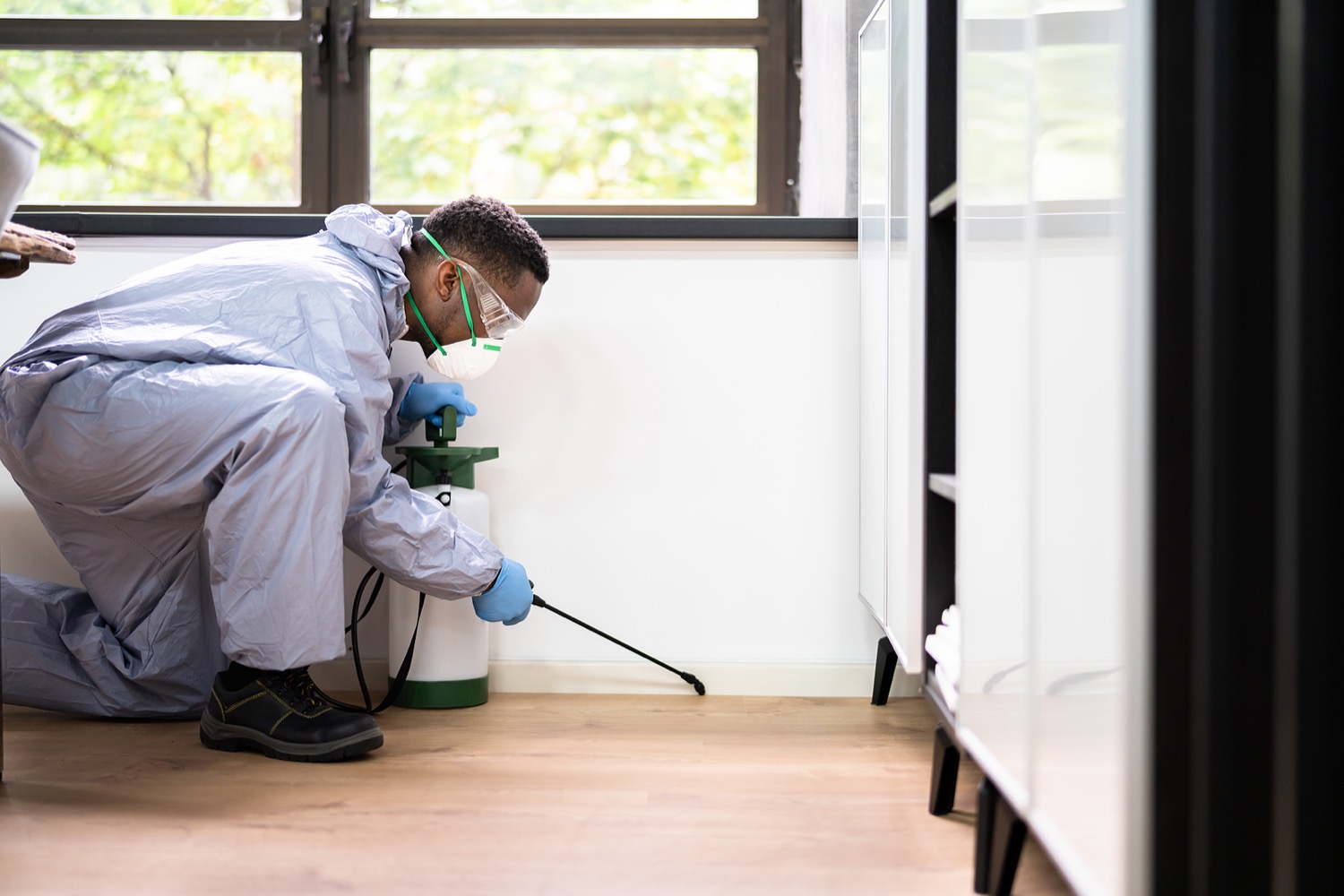Bed Bug Treatment Failure: Comparing Chemical Vs. Non-Chemical Solutions
In the world of pest control, especially when managing the persistent problem of bed pests, the choice in between chemical and non-chemical therapy services can be an essential one. Both approaches provide unique benefits and drawbacks, influencing aspects such as effectiveness, safety factors to consider, and total cost. By taking a look at the nuanced information of each method, a clearer understanding of which path to go after in resolving a bed bug infestation can be achieved.
Efficiency of Chemical Therapies
Chemical therapies for bed bug infestations have been commonly identified for their quick and powerful efficacy in eliminating these bugs. When taking into consideration the performance of chemical therapies, it is crucial to comprehend that they can give a complete and fast solution to a bed bug problem. Professional pest control specialists commonly count on pesticides to target bed insects at different stages of their life process, consisting of eggs, adults, and fairies. These chemicals usually work by disrupting the bed bugs' nerve system, leading to paralysis and eventual fatality.
In addition, chemical therapies have the advantage of offering recurring effects, meaning that they can proceed to get rid of bed bugs also after the initial application. This recurring action is particularly valuable in combating any type of potential re-infestations. In addition, the fast activity of chemical treatments can bring relief to people facing severe bed insect infestations, permitting them to restore control of their home promptly.
Safety And Security Worries With Chemical Solutions
One critical facet that calls for cautious consideration when making use of chemical remedies for bed insect treatment is ensuring the safety and security of residents and the environment. Exposure to certain chemicals made use of in bed insect treatments can lead to breathing concerns, skin irritability, or various other unfavorable reactions, particularly in people with pre-existing problems or level of sensitivities.
Furthermore, the ecological effect of chemical services is one more considerable factor to consider. Some chemicals utilized in bed pest therapies may be unsafe to beneficial pests, wild animals, and communities if they leach right into the dirt or water supply. It is vital to make use of chemical treatments sensibly, adhering to safety standards, and thinking about less hazardous alternatives to minimize these dangers and ensure the efficient and risk-free administration of bed bug infestations.
Advantages of Non-Chemical Strategies
Considering the prospective security problems and environmental effect connected with chemical options for bed insect therapy, discovering non-chemical methods offers a promising choice with several distinctive advantages. Non-chemical approaches use a more secure choice for houses, particularly those with animals, people, or children delicate to severe chemicals. These methods get rid of the threats of exposure to toxic materials, reducing the potential for adverse health and wellness impacts. Moreover, non-chemical therapies are ecologically pleasant, as they do not add to air or water pollution, making them a lasting selection for pest control.
Additionally, non-chemical remedies can be efficient in targeting bed insects, including hard-to-reach locations where chemical therapies may not penetrate - A1 bed bug treatment in charlotte. Methods such as heat treatment, vacuuming, vapor cleansing, and cushion encasements provide thorough obliteration without the use of hazardous chemicals.
Limitations of Non-Chemical Treatments

In addition, non-chemical therapies frequently need numerous applications to achieve successful removal. This can be taxing and might not constantly guarantee total elimination of all bed insects and their eggs, specifically in covert or hard-to-reach places.
In addition, the success of non-chemical therapies heavily relies upon appropriate implementation and thoroughness, which can be challenging for individuals without expert expertise. Inadequate application of non-chemical methods may result in incomplete removal, causing consistent invasions and the requirement for extra therapies.
As a result, while non-chemical therapies have their benefits, it is vital to recognize these restrictions and consider them when figuring out one of the most efficient method for handling bed insect infestations.
Cost Contrast: Chemical Vs. Non-Chemical Options
Given the constraints associated with non-chemical therapies, an important facet to evaluate in the context of bed insect Go Here monitoring is the expense contrast between chemical and non-chemical choices. In comparison, non-chemical treatments like warm therapy or steam can be a lot more expensive, with expenses varying from $1,000 to $6,000 for a whole home. While the initial expense of chemical therapies may seem lower, numerous treatments might be called for to fully get rid of the infestation, possibly raising the overall expense.
Verdict

Thinking about the potential safety and security worries and environmental influence connected with chemical solutions for bed pest treatment, exploring non-chemical strategies provides a promising choice with several rat poison distinctive benefits.Offered the restrictions associated with non-chemical therapies, a vital aspect to examine in the context of bed bug monitoring is the cost contrast between chemical and non-chemical alternatives. In contrast, non-chemical therapies like warmth therapy or vapor can be more pricey, with expenses varying from $1,000 to $6,000 for an entire what is a pest inspection home. While the first expense of chemical therapies may appear lower, several therapies may be called for to fully get rid of the infestation, possibly increasing the general price.In final thought, when comparing chemical and non-chemical bed pest therapy options, it is necessary to consider efficiency, security, advantages, limitations, and expense.
Comments on “A1 Bed Bug Exterminator Charlotte - Specialized Bed Bug Removal”